Coco Chanel's enduring love affair with the English countryside
An affair with the 2nd Duke of Westminster introduced Coco Chanel to fly-fishing, Winston Churchill and the tweed clothing that shaped some of her most enduring designs, reveals Justine Picardie.
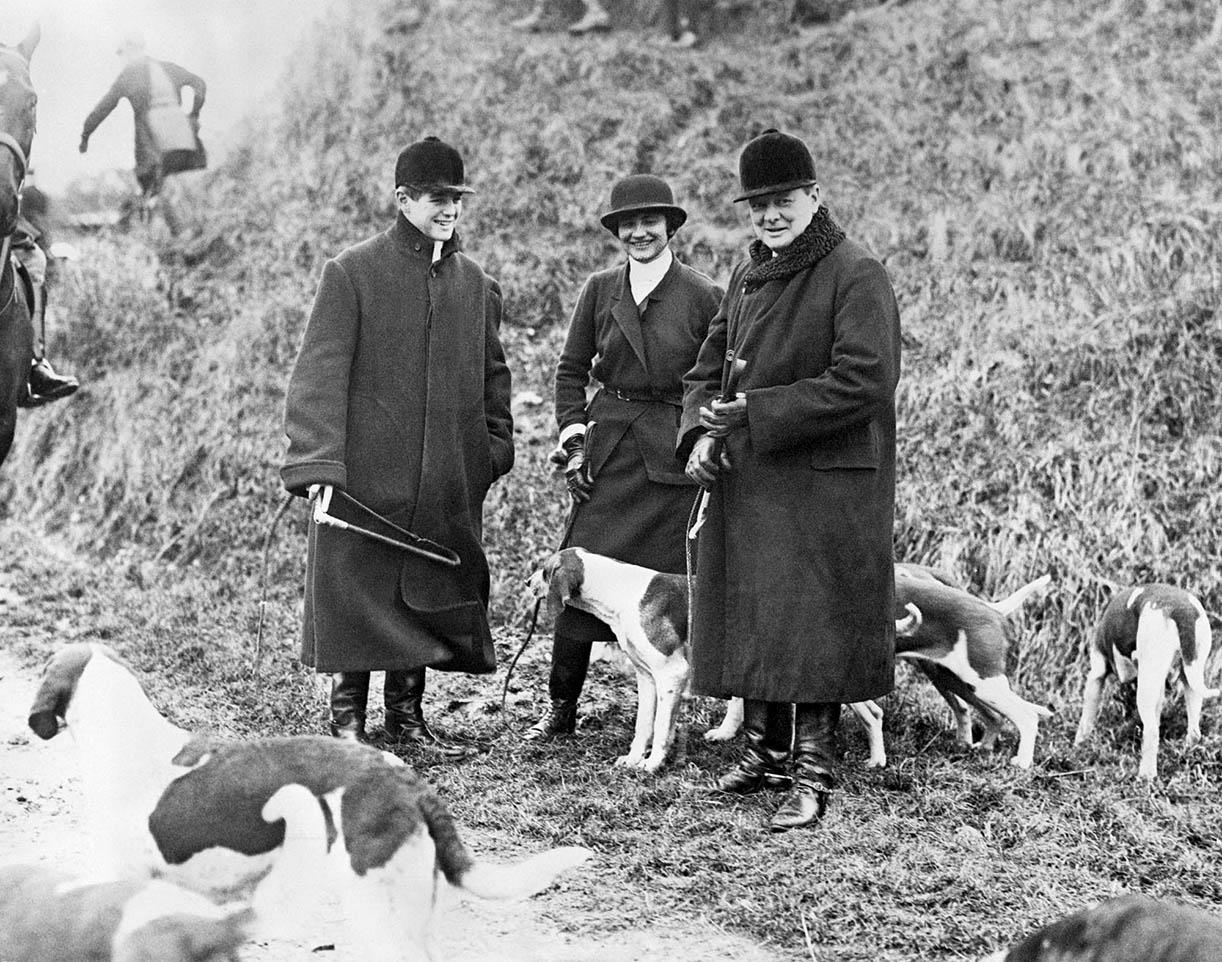
On the wild western edge of Scotland, just shy of Cape Wrath, a river runs through heather-covered hillsides towards the dark waters of Loch Stack. This might be an unlikely place to go in search of Gabrielle Chanel, the legendary French couturière, but it was to this rugged terrain that I travelled as her biographer and discovered a previously unknown aspect of her life. Now that the V&A is launching its exhibition, ‘Gabrielle Chanel: Fashion Manifesto’ — the first retrospective in the UK to celebrate the work of this visionary designer — it seems an appropriate moment to return to the Highlands and explore the ways in which she was influenced by her time there.
Chanel’s trips to Scotland were a consequence of her love affair with the 2nd Duke of Westminster (known to his family and friends as Bendor, after his grandfather’s Derby-winning stallion). The pair had been introduced by a mutual friend in Monte Carlo at the end of 1923 and, by the spring of 1924, they had embarked on a relationship that brought Chanel to the forefront of London society. Widely regarded as the richest man in Britain, with an immense property portfolio that included most of Mayfair and Belgravia, the Duke had a reputation as a playboy, who had already discarded two wives.
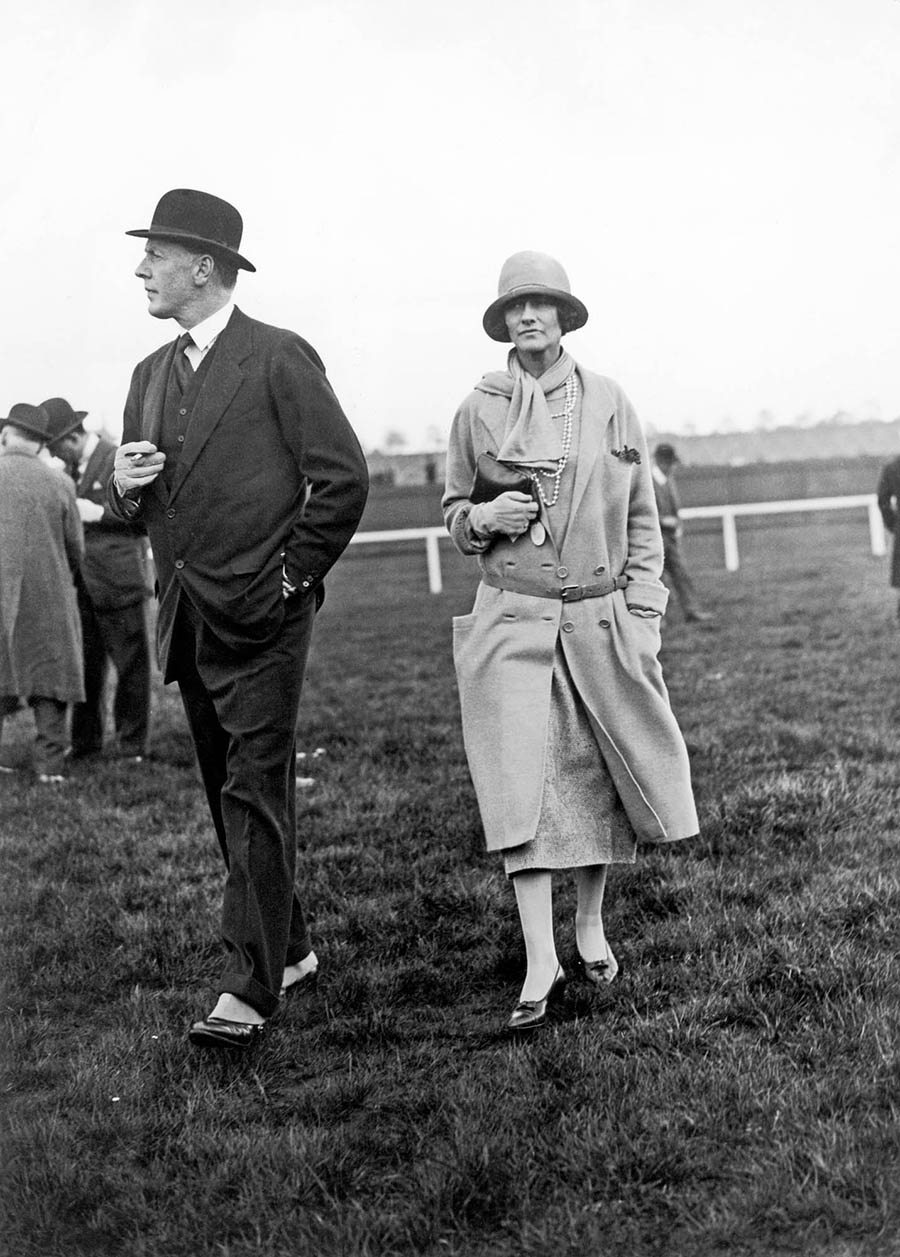
By this point, Chanel had made her own fortune, not only from her flourishing fashion business — which she had established in 1910 — but also from the successful launch of her first perfume, Chanel N°5, in 1921. Her fame had spread far beyond Paris, placing her at the forefront of elegant Modernism and her clients included a number of fashionable Englishwomen (the young Duchess of York among them). But, in between the ceaseless round of couture fittings and presentations, Chanel found time to accompany the Duke on fishing expeditions to the Reay Forest estate, his remote property in Sutherland.
In the weighty leatherbound volumes containing the fishing records of the estate, I discovered the pages marking Chanel’s visits and her considerable success as a fisher-woman. The first date her name appears is May 27, 1925; according to the records, she caught a 9lb salmon in the Duke’s pool. A few days later, on June 1, she landed a bigger fish — more than 12lb and half a pound heavier than the salmon caught that day by the Duke himself. As the summer progressed, so did her fishing accomplishments: she was on the River Laxford and Loch Stack throughout June, July and August, reeling in trout and salmon. On September 20, 1925, she caught her biggest yet, a 17lb salmon, and another of a similar size the next day.
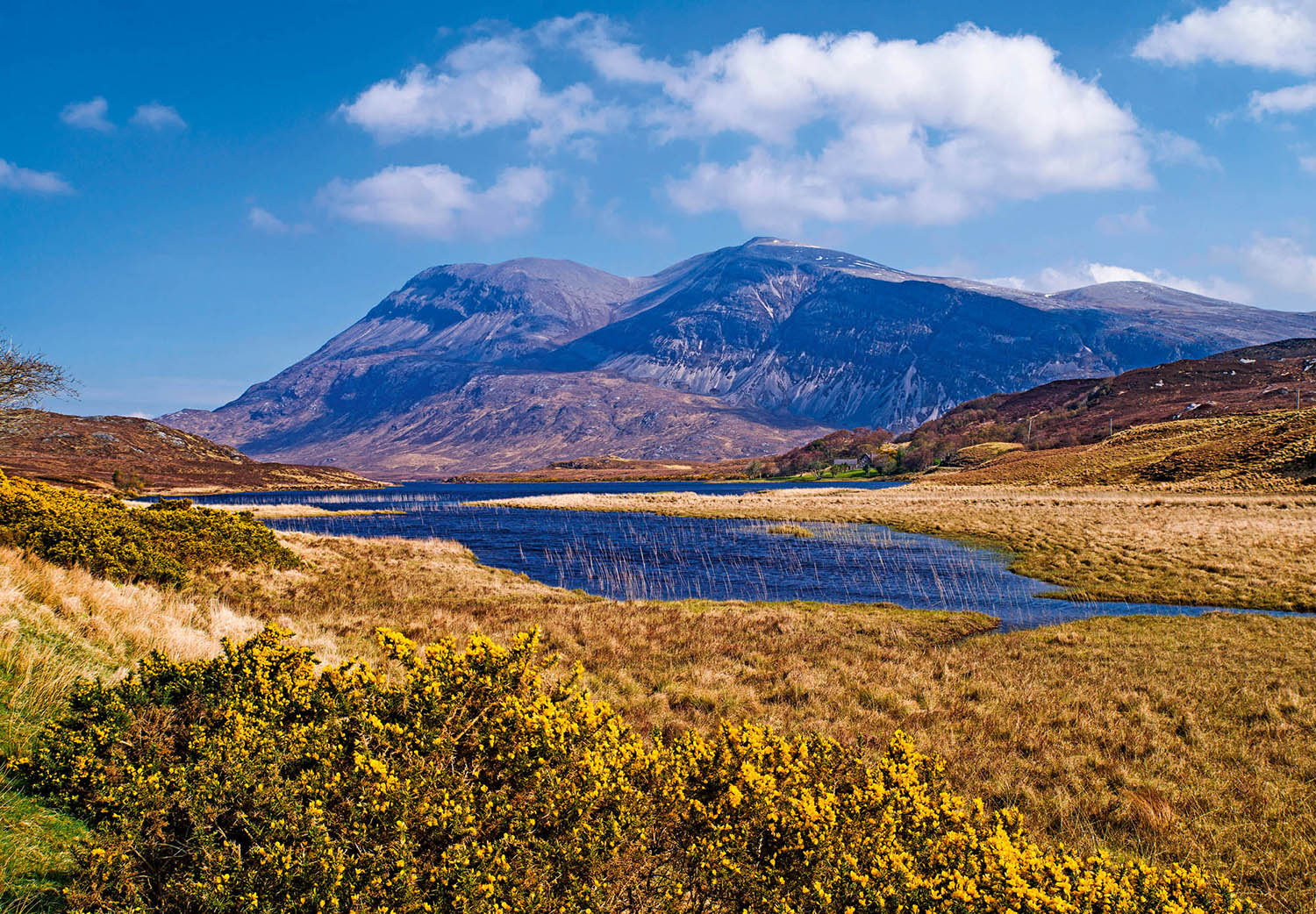
It was thanks to the Duke that Chanel also began to spend time with his friend Winston Churchill (who called him Benny). The two men were related through marriage, for — after the death of Churchill’s father, Lord Randolph Churchill — his mother had married Bendor’s brother-in-law, George Cornwallis-West. In the early weeks of 1927, Churchill observed Chanel approvingly, firstly on a boar-hunting expedition in Mimizan, the Duke’s hunting estate in south-western France, and thereafter in Paris, where he visited her couture atelier in rue Cambon. On January 27, Churchill wrote in a letter to his wife, Clementine: ‘The famous Coco turned up & I took a gt fancy to her — A most capable and agreeable woman — much the strongest personality Benny has yet been up against. She hunted vigorously all day, motored to Paris after dinner, & is today engaged in passing & improving dresses on endless streams of mannequins. Altogether 200 models [outfits] have to be settled in almost 3 weeks. Some have to be altered ten times. She does it with her own fingers, pinning, cutting, looping, etc…’
This promising start developed into a warm rapport, as Chanel and Churchill holidayed together with the Duke at his Scottish homes — Stack Lodge, beside the Laxford, Loch More, a Victorian mansion of the same name, and Rosehall, near Lairg. (In 1926, Chanel decorated the latter property with her characteristic style, introducing a bidet to the en-suite bathroom, hand-blocked French wallpaper on the bedroom walls and beige-painted drawing rooms downstairs.) They also socialised at the Duke’s shooting parties at Eaton Hall, his immense country house near Chester, where Chanel slipped into the role of chatelaine with the same ease as she wore her silk-fringed evening gowns, in sapphire blue or black, designed so as not to crease when they were packed for travelling. She rode to hounds and accompanied the Duke to the races and on his sailing trips aboard his private yachts.
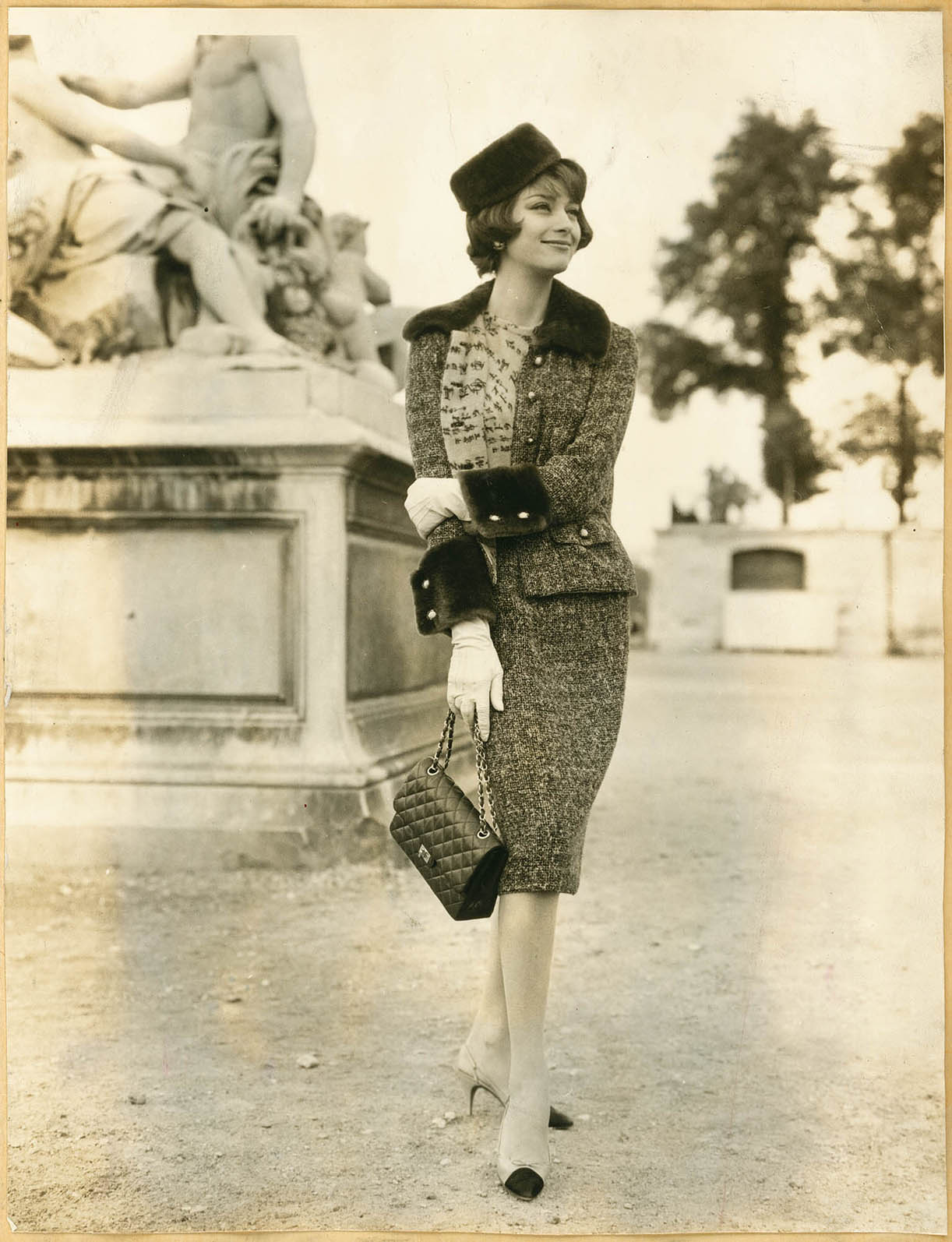
In early October 1927, Churchill again wrote appreciatively of Chanel to his wife: ‘She fishes from morn till night, & in 2 months has killed 50 salmon. She is vy agreeable — really a gt & strong being fit to rule a man or an Empire. Bennie vy well & I think extremely happy to be mated with an equal — her ability balancing his power.’
Exquisite houses, the beauty of Nature, and how to get the most from your life, straight to your inbox.
The London gossip columns were already confidently predicting that the Duke would marry Chanel, but no such union took place, perhaps because she could not bear him the son and heir that he longed for. In 1930, he wed a younger woman, Loelia Ponsonby, and, following their separation, he married for the fourth and final time in 1947. These marriages did not end his close friendship with Chanel, which continued until his death in 1953. Legend has it that the double C’s embossed upon the old lamp posts of the Duke of Westminster’s London estate are a token of his affection for Chanel. However, the true legacy of their relationship can be seen in the British textiles that became integral to Chanel’s sartorial lexicon and remain key components of the global brand that still bears her name today.
In Scotland, she borrowed the Duke’s clothes, making his tweeds her own and wearing them with a panache not usually associated with traditional sporting garb. Having adopted his wardrobe, Chanel then started sourcing fabrics from a Cumbrian mill (Linton Tweeds in Carlisle, close to the Scottish Borders) and turning them into her characteristically soft jackets and supple tailoring, which gave women the opportunity to dress with the same assurance, comfort and dignity as a man. Something of the same process occurred during her stays at Eaton Hall, where she was inspired by the striped waistcoats of the liveried footmen, transforming them into what became known in fashion magazines as ‘Le Style Anglais’, which also included the loose woollen cardigans that she herself wore with the yards of pearls that the Duke gave to her, a new rope for every birthday, and many others besides.

The exhibition that opens this week features some of the most striking examples of Chanel’s British period, displaying her wide-ranging collaborations with local textile manufacturers (from Nottingham lace to Manchester velvet), as well as the exquisite couture dresses that she created for her clients in London and Paris. Among the most notable are those belonging to Grace Curzon (the glamorous wife of the Marquess of Curzon), including two of the little black dresses that made Chanel synonymous with chic in the 1920s. There will also be a superb blue, sequined evening gown worn by Loelia, the Duchess of Westminster, in the early 1930s, when Chanel was the designer of choice for Hollywood stars and European royalty.
Such was her renown for her independent spirit, expressed through a sartorial freedom that reflected her own personal liberty, that a British diplomat in Paris, Sir Charles Mendl, was heard to observe: ‘There have been many Duchesses of Westminster, but only one Coco Chanel.’
Justine Picardie’s new edition of ‘Coco Chanel: The Legend and the Life’ is out now, published by HarperCollins (£35). The exhibition ‘Gabrielle Chanel: Fashion Manifesto’ is at the V&A Museum, London SW7, from September 16–February 25, 2024 (www.vam.ac.uk)

The life and times of Coco Chanel
August 19, 1883
Gabrielle Chanel is born in the poorhouse of Saumur, a market town on the River Loire in France, the illegitimate daughter of an itinerant peddler.
1895
Chanel’s mother dies. Her father abandons his five children. Gabrielle and her two sisters are sent to an orphanage run by nuns in Aubazine Abbey in Corrèze.
About 1902–03
Gabrielle starts working as a seamstress in the town of Moulins, where several army regiments are garrisoned. In the evenings, she sometimes sings at a local café and gains a nickname from the refrain of one of the songs, Qui qu’a vu Coco?. She also begins a relationship with a cavalry officer, Étienne Balsan.
1905
After Balsan completes his military service, he buys an equestrian estate, Royallieu, in Compiègne, and Chanel joins him.
1909
Chanel meets and falls in love with a friend of Balsan, an English businessman and polo player named Arthur ‘Boy’ Capel. They live in Paris and he provides financial backing for her to set up a millinery atelier.
January 1, 1910
Chanel opens her first fashion premises on rue Cambon.
1912
She opens a boutique in Deauville.
1914
After the outbreak of the First World War, Capel joins the British Army. Chanel begins to use jersey, as textile shortages mean other fabrics are in short supply. Her business flourishes, as women turn to Chanel’s comfortable yet chic jersey jackets, skirts and sailor blouses.
1915
Chanel opens a boutique in Biarritz.
August 1918
Capel marries Diana Wyndham, an aristocratic young Englishwoman, whom he met when she was driving an ambulance on the Western Front in France. Chanel is heartbroken, but her relationship with Capel continues.
December 22, 1919
Capel is killed in a car crash on the French Riviera. His will includes a bequest of £40,000 to Chanel. Devastated by his death, she nevertheless keeps working and invests the money he has left her to expand her business.
1921
Chanel begins a relationship with a Russian émigré, Grand Duke Dmitri, and embarks on a collaboration with the former perfumer to the Russian Tsars, Ernest Beaux. Together, they create her first perfume, Chanel N°5.
1924
Chanel designs the costumes for the Ballets Russes production of Le Train bleu, working on the production alongside her friends Pablo Picasso and Jean Cocteau. She also falls in love with the 2nd Duke of Westminster and starts spending time with him in the UK, where she becomes friends with Winston Churchill.
1927
Chanel opens a couture atelier in Mayfair, London.
May 1932
Stages fashion shows in London’s Grosvenor Square using British textiles.
September 1939
At the outbreak of the Second World War, Chanel closes her fashion business in Paris.
1953
Chanel comes out of retirement and begins designing again.
February 1954
Chanel’s comeback collection receives hostile reviews in France, but is acclaimed in the US and she achieves even greater celebrity, being hailed as a 20th-century icon.
1955
Marilyn Monroe is asked in an interview what she wears at night and replies ‘Chanel N°5’. Chanel also starts dressing a new generation of film stars, including Elizabeth Taylor and Brigitte Bardot, as well as Jackie Kennedy.
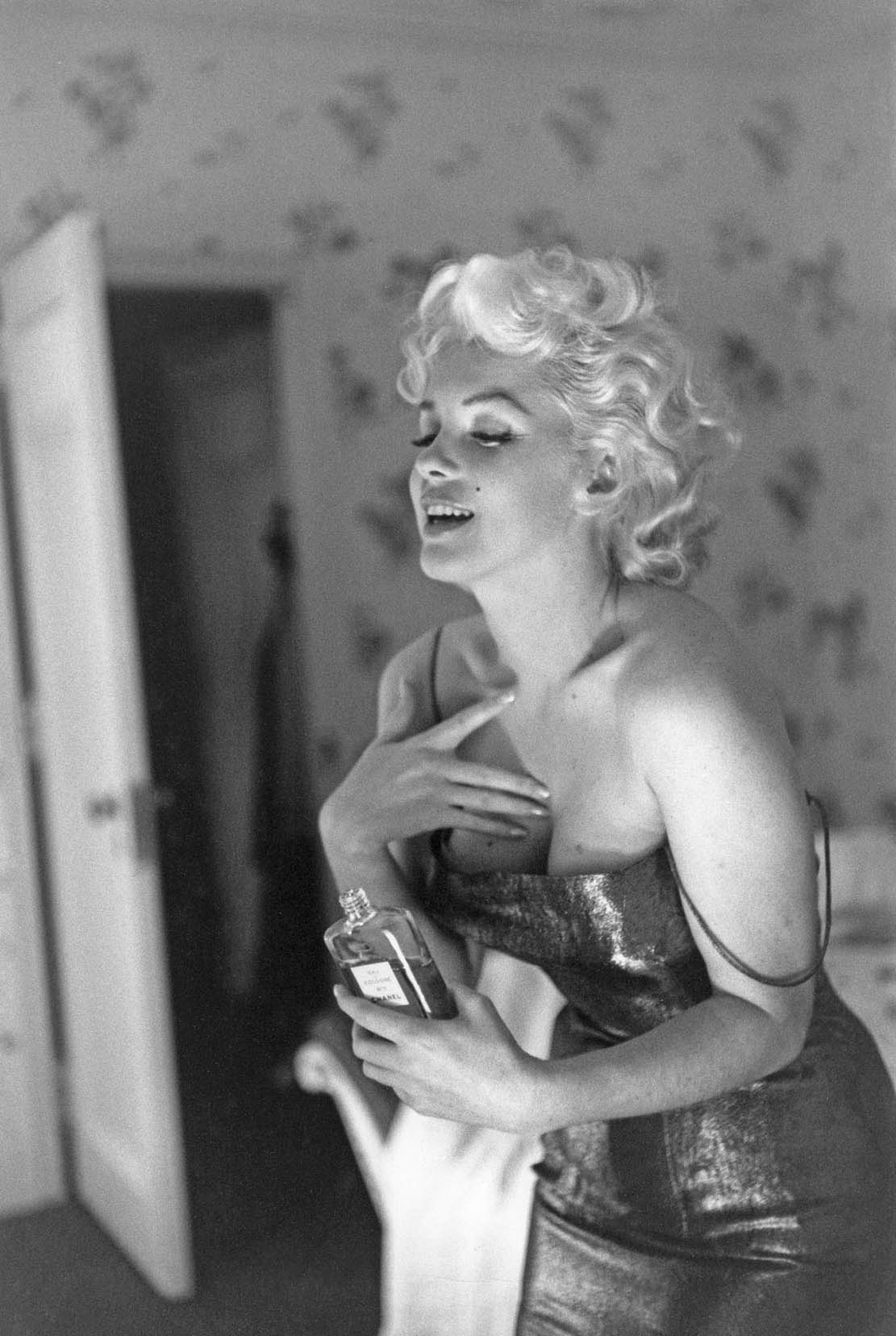
November 22, 1963
Kennedy is wearing a pink Chanel suit when President John F. Kennedy is assassinated by her side in a motorcade in Dallas.
January 10, 1971
Chanel dies in her bedroom at the Paris Ritz. She has been working on a new couture, which is presented two weeks later in her final show